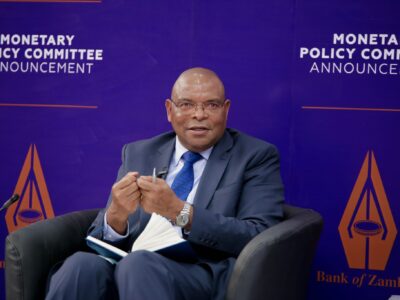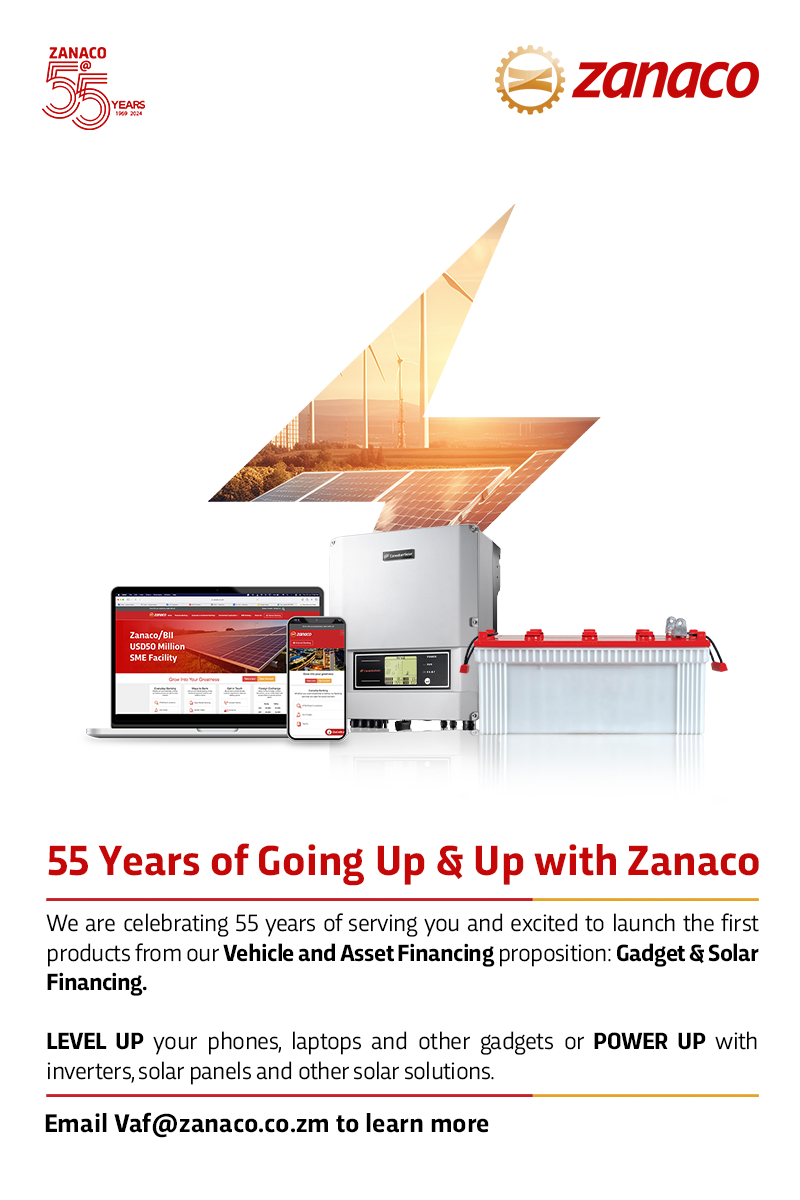Zambia has potential to generate K17 billion as additional domestic revenue from Value Added Tax (VAT) once the tax gap is sealed.
The country also has highest potential return of K 9.7 billion from Corporate Income Tax (CIT), according to the two studies launched in Lusaka on Wednesday.
As of 2020, the VAT tax gap was found to be K 0.6 billion while that of CIT was K 3.5 billion.
The two studies have been done by the Zambia Revenue Authority (ZRA) in partnership with the Zambia Institute of Policy and Analysis Research (ZIPAR) and United Nations University-World Institute for Development Economics Research (UNU-WIDER).
These reports are: the estimation of the tax gap for CIT and VAT.
The results suggest that there is clear revenue potential in enforcing revenue mobilisation by better enforcement of existing taxes in Zambia.
They also suggest that the extractives sector has the highest additional CIT revenue potential, while the highest additional VAT revenue potential can be found on the wholesale and retail sector.
Presenting results of the reports, ZRA Senior Economist Evaristo Mwale said the total tax gap estimate based on the panel regression showed the gap as 56 percent of the total CIT & VAT collected for the period 2014 to 2020.
“Based on our gap estimate of 56 percent, the country could have potentially made K 17 billion as additional domestic revenue from VAT and CIT returns
“Highest potential CIT return is K 9.7 billion as compared to approximate returns of K6.2 billion resulting in a CIT gap of K 3.5 billion in 2020,” Mwale said.
Read more: Key highlights as ZRA posts K6.9 billion 2022 revenue surplus
At the same function, ZRA Commissioner General, Dingani Banda said the two papers were testimonies of the authority’s efforts to enhance tax research in Zambia for the purpose of providing empirical evidence for administrators and policy makers.
Banda said ZRA aspired to be a data driven organisation, with both strategic and operational policy being anchored on empirical evidence.
“The authority prioritises the use of data and evidence in our decision-making for tax administration.
“This is exemplified by the on-going expansion of the data analytics function to most areas of operation and we are at advanced stages of introducing artificial intelligence capabilities,” he said.
Meanwhile, UNU-WIDER representative Amina Ibrahim, stressed the need to ensure that the research papers were available to broader policy makers.
WARNING! All rights reserved. This material, and other digital content on this website, may not be reproduced, published, broadcast, rewritten or redistributed in whole or in part without prior express permission from ZAMBIA MONITOR.













Comments